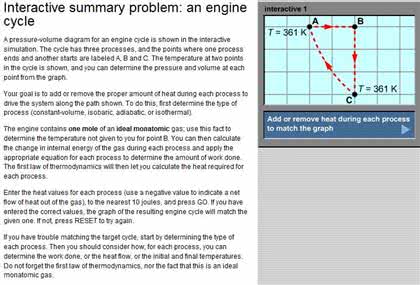Physiology 3120 Lecture Notes - Intercostal Muscle, External Intercostal Muscles, Lung Volumes

Human Physiology
Monday, February 1, 2010
“Respiration II”
Ventilation
•Process by which air moves in and out of the lung
•Inspiration/inhalation
Active process; requires contraction of diaphragm muscles and intercostal muscle
Contraction of external intercostals and contraction of diaphragm increases pressure
gradient between interpleural space and lungs
•Only takes a relatively small change in pressure
•Cutting a hole in the diaphragm will interfere with inspiration (interpleural
pressure will be atmospheric
Lung inflates because have larger surrounding area
•Expiration/exhalation
Passive process normally; lung and chest wall moves back to equilibrium
Active process during exercise or spontaneous hyperventilation; muscles of abdominal
wall/internal intercostals; cutting the internal intercostals would prevent voluntary expiration (i.e.
won’t be able to exercise)
•Lung compliance
Relatively small changes in pressure required to inflate lung
Volume change per unit pressure change
Large = large volume change for small pressure change
Small = small volume change for large pressure change
2 factors
Elasticity of lung tissue
•Fibres of elastin (easily stretched) and collagen (not easily stretched)
•Specific arrangement of these fibres
Surface tension at alveolar level
Can plot it with a pressure-volume curve
Take lung out, slowly inflate & deflate it and measure the pressure (dog lung)
Initially, you don’t get large increase in volume for a change in pressure; if you continue
inflation, get a large volume increase for each pressure interval
Important features:
•Nonlinear
•At high and low volumes, the lung is less compliant than at intermediate volumes
•At the same pressure, the lung has more volume during deflation than during
inflation (hysteresis)
•Note that the curve operates on the whole lung
Measuring PV curve in humans must be indirect
Intraesophogeal pressure assumed equal to intrapleural pressure
Inhale/exhale small volumes of air
About 220mL/cmH2O
•Surface tension
Force at air liquid interface; if you fill the lung with saline, you eliminate the air-liquid interface
PV curve experiment
Lung filled with air must overcome elastic forces and surface tension
Lung filled with saline must only overcome surface tension
1/3 of pressure used to overcome elastic forces, other 2/3 required to overcome surface
tension


